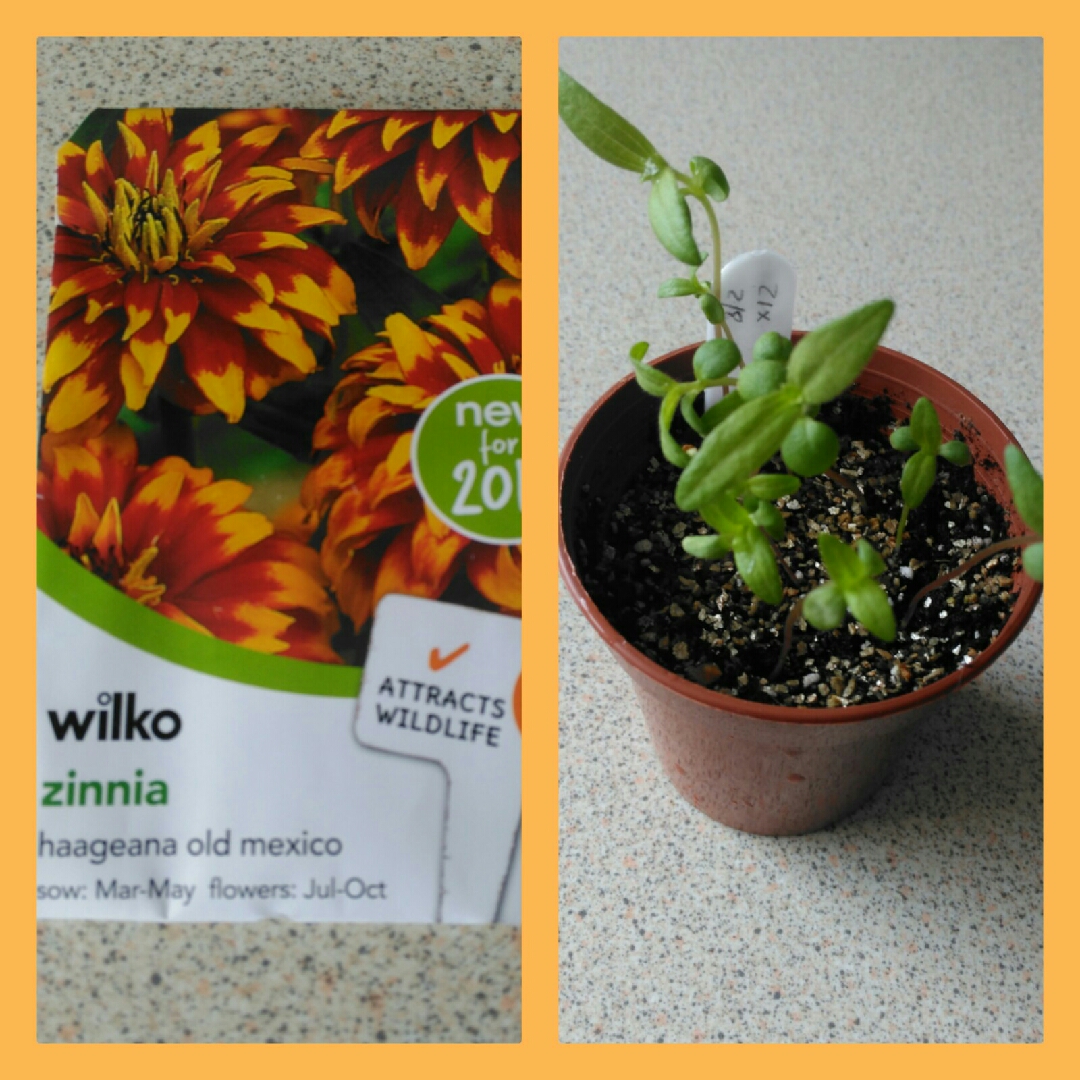
Zinnia haageana 'Old Mexico'
Zinnia 'Old Mexico'
Zinnias are long flowering annual plants with bright coloured flowers, ranging from white yellow, orange, reds and purple. They can be singles, semi doubles or doubles and vary in size of bloom and height. They make a good cut flower from which the plant benefits by producing more blooms. Bees and butterflies are attracted to them. 'Old Mexico' is a blend of semi-double and double flowers, each with golden yellow tips.
Contributed by @Keely
-
Full sun
-
Occasional watering
-
Not Frost hardy
-
Free draining
Common name
Zinnia 'Old Mexico'
Latin name
Zinnia haageana 'Old Mexico'
type
Half-Hardy Annual
family
Asteraceae
ph
6.0 - 8.0 Acid - Neutral
Plant & bloom calendar
-
Best time to plant
-
When the plant will bloom
full grown dimensions
 0.30 M
0.45 M
0.30 M
0.45 M
Zinnia haageana 'Old Mexico'
Zinnias are long flowering annual plants with bright coloured flowers, ranging from white yellow, orange, reds and purple. They can be singles, semi doubles or doubles and vary in size of bloom and height. They make a good cut flower from which the plant benefits by producing more blooms. Bees and butterflies are attracted to them. 'Old Mexico' is a blend of semi-double and double flowers, each with golden yellow tips.
Flowering Season
From Mid Summer TO Mid Autumn
Zinnias produce bright coloured flowers, ranging from white yellow, orange, reds and purple. They can be singles, semi doubles or doubles and vary in size of bloom and height. They make a good cut flower.
Propagation by seed
From Early Spring TO Late Spring
Sow seed under glass in early spring about 6 weeks before the last frost, cover with a plastic bag or such and remove as soon as they appear, leave outside for a couple of weeks to harden them off before planting out.
Propagation by seed direct Spring
From Late Spring TO Late Spring
Sow seed directly into flowering site, or for a longer flowering period sow in succession, water sparingly unless very dry.
Planting Outdoors Spring
From Late Spring TO Early Summer
Plant out container grown plants when all sign of frost has passed.











